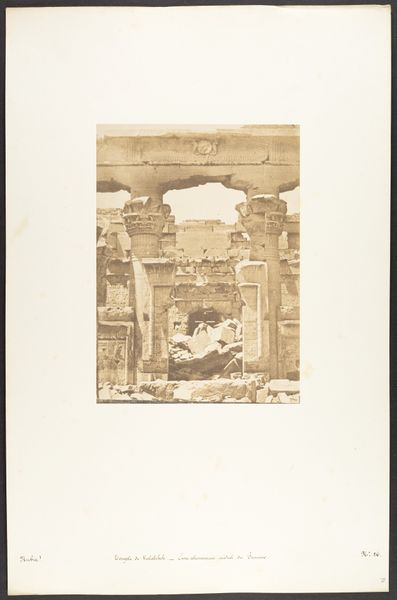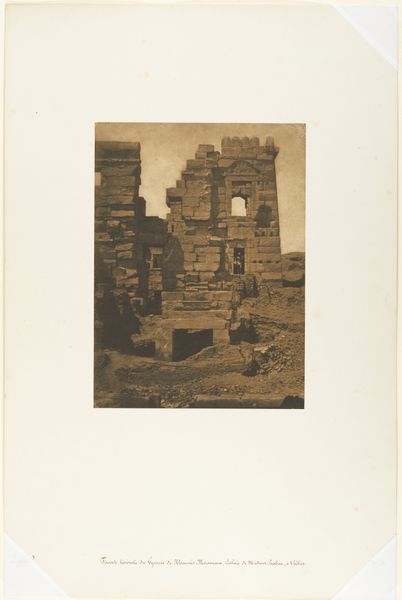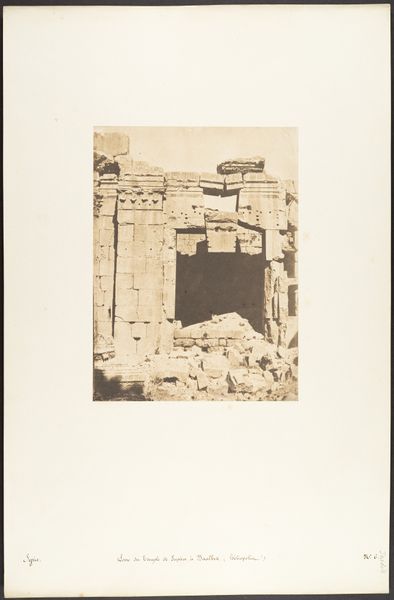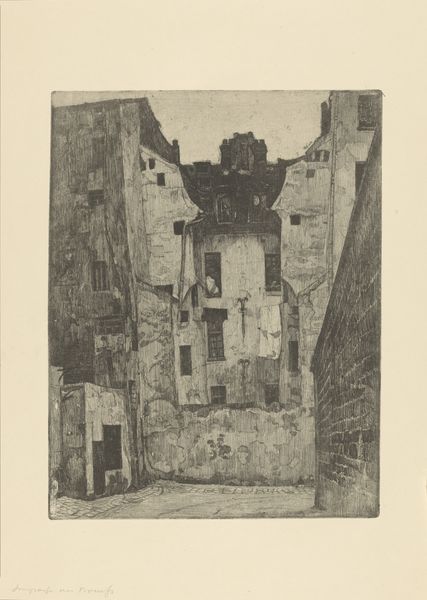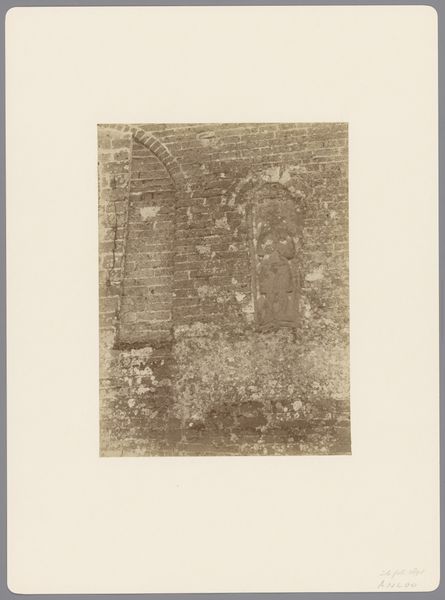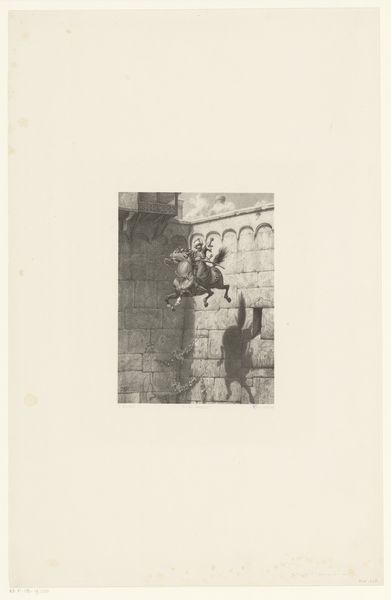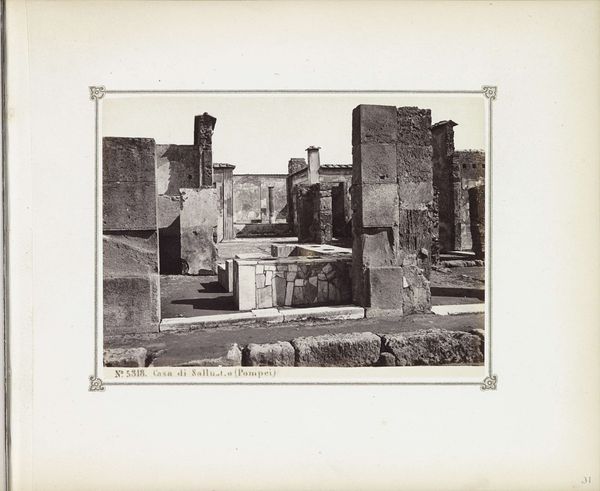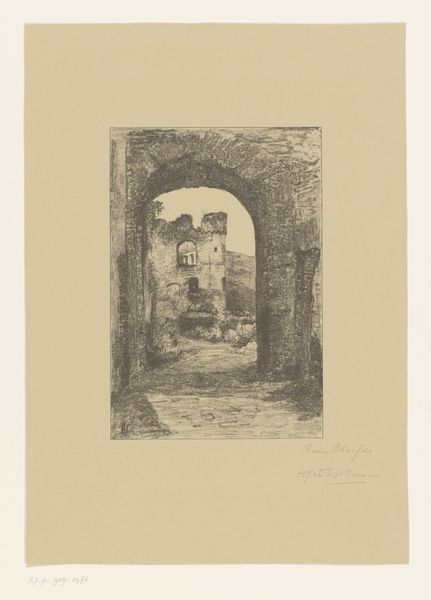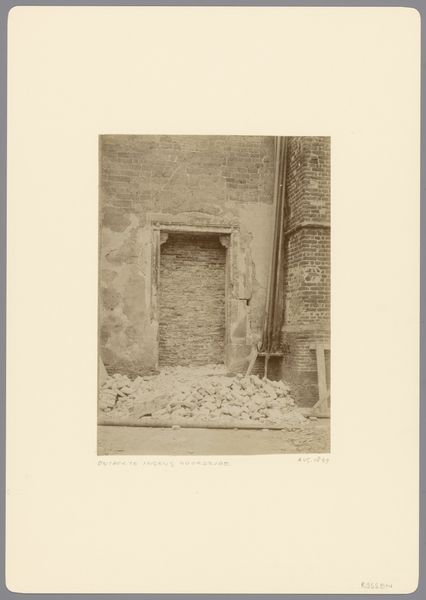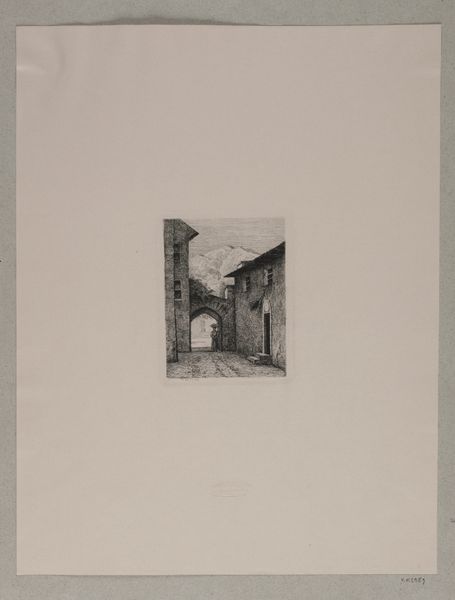
Cour des bubastites et entrée de la Salle Hypostyle du palais de Karnac, Thèbes 1849 - 1850
0:00
0:00
photography, gelatin-silver-print, architecture
#
landscape
#
ancient-egyptian-art
#
photography
#
ancient-mediterranean
#
gelatin-silver-print
#
architecture
Dimensions: Image: 8 7/16 × 6 9/16 in. (21.5 × 16.6 cm) Mount: 18 11/16 × 12 5/16 in. (47.5 × 31.2 cm)
Copyright: Public Domain
This photograph, taken by Maxime Du Camp, captures the Cour des bubastites and entrance to the Salle Hypostyle at Karnak, Thebes. The massive columns, remnants of a glorious past, invoke an immediate sense of awe and reflect the sophisticated culture of Ancient Egypt. Note the columns and their capitals. These are not merely architectural elements; they are symbols. In ancient Egypt, columns represented the papyrus plant, an emblem of life and renewal. This motif, born from the banks of the Nile, reappears across millennia. Consider the Greeks, who, inspired by Egyptian forms, created their own stylized columns, or even the modern skyscrapers that echo these ancient shapes, all carrying subconscious associations with strength and aspiration. The columns may be in ruins, but they continue to engage us with their psychological weight, reminding us of the cyclical nature of civilization, decay, and rebirth.
Comments
No comments
Be the first to comment and join the conversation on the ultimate creative platform.
